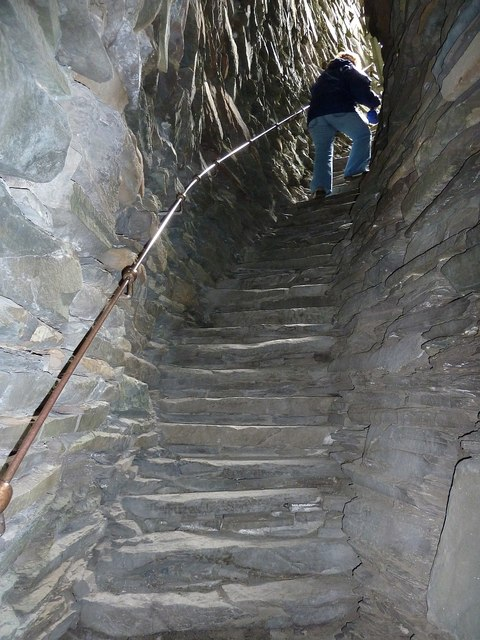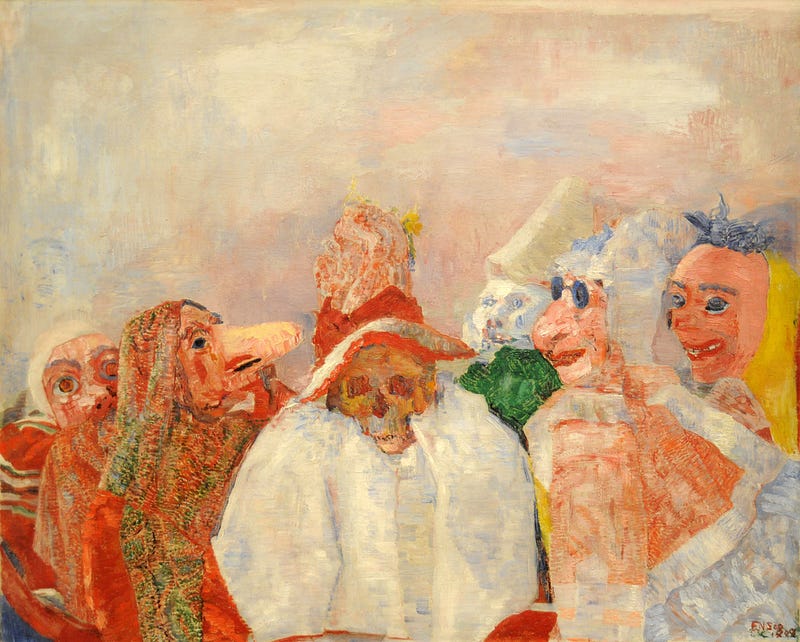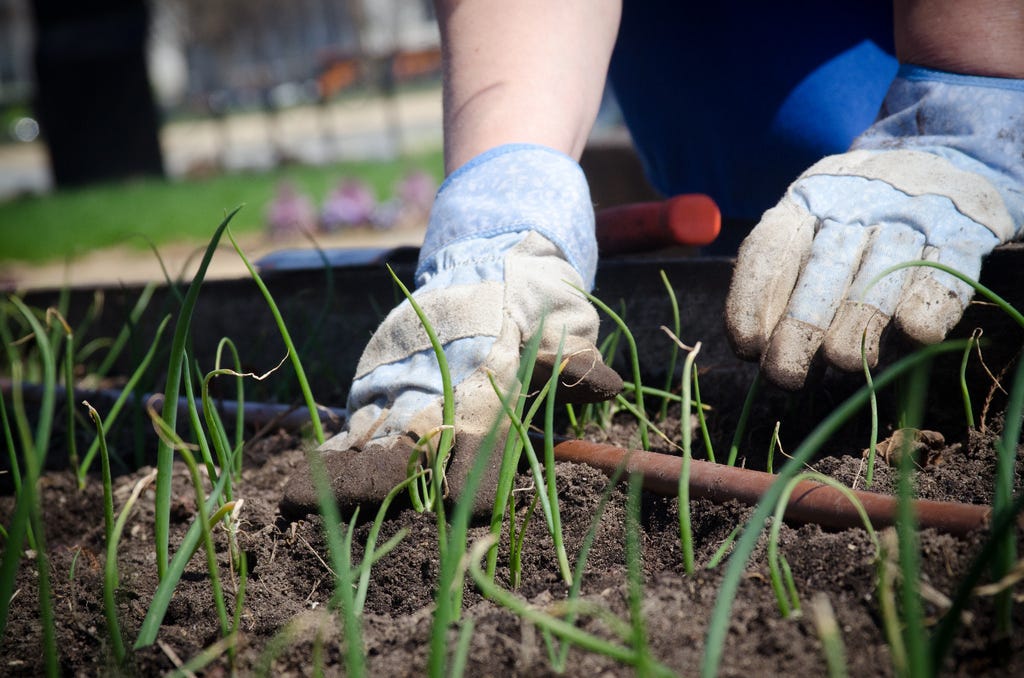
“Painting of Russian writer Evgeny Chirikov” by Ivan Kulikov
Passion, Payment, and Perseverance
All throughout my childhood, my father worked 14-hour days at a job he hated. He would come home to cold dinners, after I was asleep. On weekends, he did whatever side-jobs he could to make money so we could move out to the suburbs, where the schools were better.
In the moments between his long and exhausting workweeks, my dad pounded the following message into my head: don’t take the job for money, get a job you love. That’s the key to happiness.
His benchmark test was this: if what you do in your job is something that you would do for free anyway — because you love it — that’s the ideal work.
I Ran In Search Of…
I took that advice and ran with it. I ran looking for the thing that would be a reward in and of itself — career path be damned.
I ran to art school. When I lost the passion for that venture, I ran to majoring in philosophy. I ran back and forth from there to political science. I ran all over academia, making sure that I found whatever it was that was going to ensure that I didn’t feel the way my Dad did during his working life.
I ran through some pretty unsavory situations in my twenties — all in the name of finding that job that passed my dad’s test.
As it turns out, I ended up running into a regular 9 to 5(ish) office gig. Why? Because that is where the money is — because there are more important things in life than professional success, and those things require money. Most of the stuff that I do from a day to day is not stuff that I would also do for free, so the job fails my Dad’s test. But as most of us have realized, part of growing up is realizing all of the ways in which our parents were wrong. Sorry, Dad, but as a millennial, I had to “hack” your advice a little.
The Hack: Terminal Side-Gigging
All of those places that I ran above: art, philosophy, political science — were all roads that ended in cul-de-sacs. What I ended up realizing was that writing was the thing all along. What I wanted to do, what I would do — and was doing — for free was writing. It only took me 14 years or so to realize it.
So yes, I work a regular jobby-job. I do things with spreadsheets, I give people performance appraisals, I deliver reports to and negotiate with customers. As a 20 year-old, I would have turned my nose up at such a job description. I would argue that a job like that wouldn’t fulfill me — it doesn’t pass my dad’s test.
But now I know better. As with everything, I’ve hacked, I’ve found a work-around. I have the side-gig. I write stuff like this online for free. I do it because I honestly enjoy it. It fulfills me to get this stuff out on the page, and to know that the thoughts that I think help you readers — no matter how half-baked they may be.
So why do I relay all this? How can this be generalized to apply to others? I think that the concept of a side-gig can save us from that nagging feeling that we’re not squeezing everything out of us in the jobs that pay us. It offers a safe place for our passions to live and breathe without being tainted by the worries and compromises of commerce.
Does that sound too hippy-ish, too immature? Perhaps it is. I struggle to evaluate that. But what I do know is that I feel thrilled and alive when I’m writing — especially about ideas that have grabbed hold of my interest. But if I also had to keep tinkering and worrying about how to monetize it, I’m not so sure that I would get that thrill. The more that became a part of the work, the more it would end up being like a regular job. So for now, I keep it as a terminal side-gig. The thrill comes first, and the money comes later.
The Whims of the Market
In the back of my mind, I think this could be a more sustainable model. I can tinker with my writing in the quest to do it better as writing, rather than trying to make it more marketable as a product. Then, if and when there emerges a market for what I’m already doing, the money comes without me having to twist and contort my writing to try to hook up with the market. My work can attract and mold some portion of the market — not the other way around.
Is this a crazy dream? Probably. But for now, I can keep doing what I’m doing — to varying degrees. If it works out, and I get paid to write what I love writing — great! If not, I’ll keep writing what I love to write. I’ll be able to keep the thrill of doing it untainted because I’m doing it to write better, rather than to leverage it into a career. It’s an odd position to take, for sure, but I’ve been thinking a lot about it lately.
So I guess here’s the more general thought: if you have a thing that you love to do, but it doesn’t match what people are falling over themselves to pay for, keep it as a terminal side-hustle. Keep doing it and honing it. Don’t hone it to make it more market-friendly, but hone it to to make it better in and of itself. So when the winds of market demand change (as they so often do), they may blow in your direction. And guess what. All you have to do to monetize your thing is to just keep doing your thing — exactly how you have been. Now how cool would that be?
I’d love it if you would support my side-hustle, no money required. Subscribe to my once-weekly newsletter, Woolgathering. One email per week. That’s it.
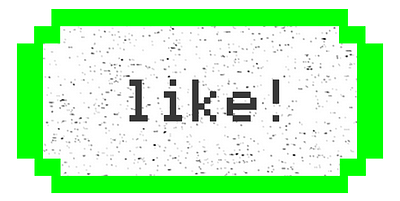
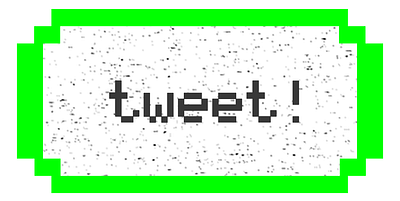
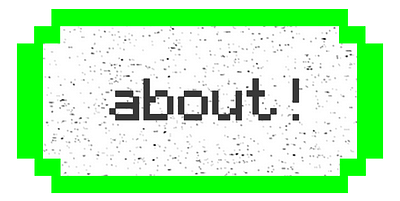
Hacker Noon is how hackers start their afternoons. We’re a part of the @AMI family. We are now accepting submissions and happy to discuss advertising & sponsorship opportunities.
If you enjoyed this story, we recommend reading our latest tech stories and trending tech stories. Until next time, don’t take the realities of the world for granted!




